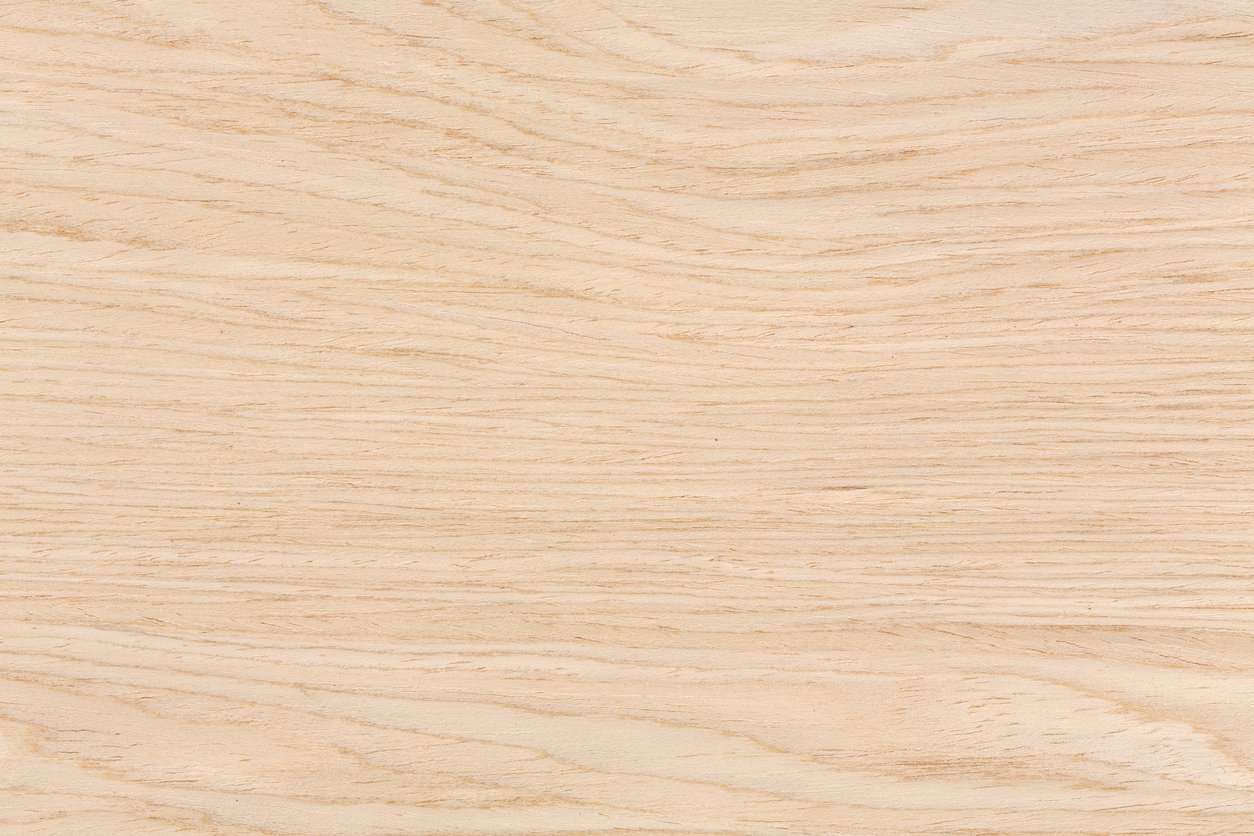Oak wood properties
Contents |
Introduction
Considered to be the traditional carving wood, oak is characterised by its strength and sturdiness, with a very defined grain. Consisting of dozens of species of varied colours, white and red oak are typically more common in carving. An extremely popular choice of wood for carving, English Oak is durable and strong, but hard to work with.
Recommended for carvers with a bit of experience, it’s ideal for larger pieces because of its coarse grain. Fine work tends to result in the wood breaking away at the edges, which ruins the design. Suitable for outdoor pieces, it requires adequate treatment to prevent cracking and warping.
White oak
White oak, also known by its scientific name Quercus alba, is a strong and rot resistant wood commonly used because of its cost effectiveness. Very durable and resistant to the environment, it allows for great results when carving, either by hand or with tools. However, its high shrinkage value doesn’t allow for dimensional stability, and in contact with iron, especially if wet, it can become discoloured and stained.
White oak’s heartwood has a light to medium brown colour, and an almost white sapwood that isn’t always well-defined against the heartwood. Its grain is straight and coarse, with an uneven texture. The endgrain is ring-porous and it consists of around two to four rows of large earlywood pores and small latewood pores in a radial arrangement.
Red oak
Also known as Quercus rubra, red oak has a light to medium brown with a reddish tint heartwood, and an almost white to light brown sapwood. The colours alone however, aren’t enough to distinguish red oak from white oak. Red oak has a straight, coarse, and uneven grain with large pores but, unlike white oak, red oak is less resistant to rot and to insects and has a tendency to stain when in contact with water.
Both hand and tool carving techniques are suited ot red oak, although similar to white oak, it has high shrinkage values that mean it may not maintain its dimensional stability. Popular uses include in furniture and flooring due to the wood’s strength and durability.
Oak carving tips
This popular hardwood can be difficult to work with due to how sensitive the grains are to the direction designs are carved in. The hardness can also prove to be challenging for beginners, who should avoid oak wood until more practice and expertise is developed to allow for better control of tools and machinery.
A simple design will allow for better accuracy when carving, as details may be lost due to how difficult oak wood is to carve. Practicing on a spare piece of oak will allow a better assessment of how long the project will take and the level of proficiency required.
Carbon paper is typically used when carving to transfer a design onto the wood, as it eases the initial process and design.
As oak is a hardwood, sharp and efficient tools are required for proper carving.
--G&S Specialist Timber 16:07, 23 Jan 2017 (BST)
Related articles on Designing Buildings
- 11 things you didn't know about wood.
- Ancient Woodland.
- Bamboo flooring.
- Chip carving.
- Confederation of Timber Industries.
- Cross-laminated timber.
- Definition of tree for planning purposes.
- Engineered bamboo.
- European Union Timber Regulation.
- Forest Stewardship Council.
- Oak-Framed Buildings.
- Panelling.
- Pine wood.
- Plywood.
- Programme for the Endorsement of Forest Certification.
- Properties of mahogany.
- Sapele wood.
- Timber.
- Timber preservation.
- Timber v wood.
- Tree preservation order.
- Tree rights.
- Types of timber.
- Walnut.
- Wood ash.
- History and Techniques of Woodturning
- Physical Properties of Wood
- The Properties of Pine Wood
- Wainscoting.
Featured articles and news
Professional practical experience for Architects in training
The long process to transform the nature of education and professional practical experience in the Architecture profession following recent reports.
A people-first approach to retrofit
Moving away from the destructive paradigm of fabric-first.
International Electrician Day, 10 June 2025
Celebrating the role of electrical engineers from André-Marie Amperè, today and for the future.
New guide for clients launched at Houses of Parliament
'There has never been a more important time for clients to step up and ...ask the right questions'
The impact of recycled slate tiles
Innovation across the decades.
EPC changes for existing buildings
Changes and their context as the new RdSAP methodology comes into use from 15 June.
Skills England publishes Sector skills needs assessments
Priority areas relating to the built environment highlighted and described in brief.
BSRIA HVAC Market Watch - May 2025 Edition
Heat Pump Market Outlook: Policy, Performance & Refrigerant Trends for 2025–2028.
Committing to EDI in construction with CIOB
Built Environment professional bodies deepen commitment to EDI with two new signatories: CIAT and CICES.
Government Grenfell progress report at a glance
Line by line recomendation overview, with links to more details.
An engaging and lively review of his professional life.
Sustainable heating for listed buildings
A problem that needs to be approached intelligently.
50th Golden anniversary ECA Edmundson apprentice award
Deadline for entries has been extended to Friday 27 June, so don't miss out!
CIAT at the London Festival of Architecture
Designing for Everyone: Breaking Barriers in Inclusive Architecture.
Mixed reactions to apprenticeship and skills reform 2025
A 'welcome shift' for some and a 'backwards step' for others.






















